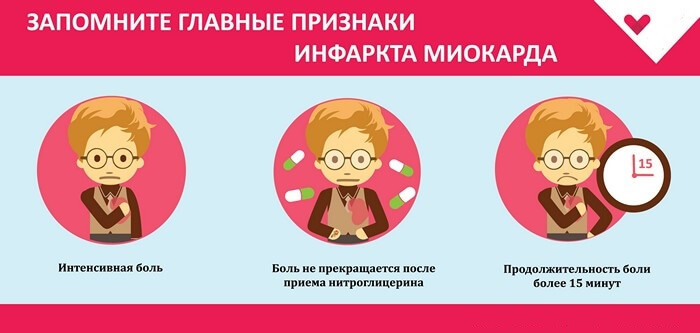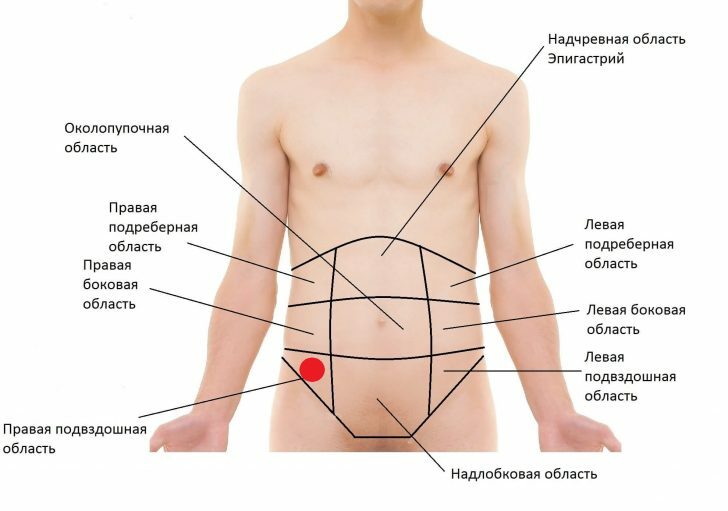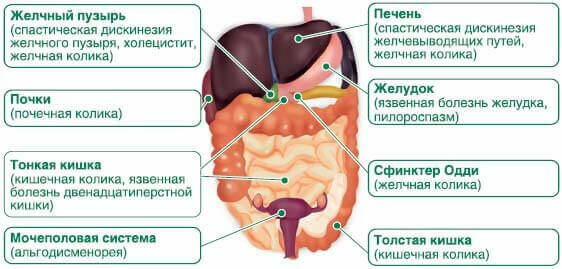Treatment of dysbiosis and dyspepsia

And it is from such microorganisms invisible to the naked eye that our life sometimes depends.
The ratio of different microorganisms, in separate organs and systems that support biochemical, metabolic and immunological equilibrium, is usually individual for each, and is defined as normoflora. When the balance of microorganisms in the human body is disturbed, it is expressed in qualitative and quantitative composition, and in medicine it is called as a dysbacteriosis. Often this state of a person can manifest itself in dyspepsia.
Dyspepsia is a generalized term for digestive disorders, mainly of a functional nature. The cause of dyspepsia is a shortage in the body of the necessary enzymes, as well as a violation of normoflora due to irrational nutrition or the influence of other external factors.
Usually, the symptomatology of dysbacteriosis and dyspepsia is of a similar nature, so that similar recommendations regarding treatment are used to eliminate these symptoms.
Methods of treatment of dysbacteriosis and dyspepsia.
Modern medicine when deciding a patient with a diagnosis of dysbiosis or dyspepsia usually treats in two main ways. Initially, measures are taken that are aimed at affecting the immune system. These measures provide an increase in the body's defenses, restore its ability to suppress the growth of pathogenic microflora.
For this purpose, usually reduce the load on the body, proper nutrition, exercise, full sleep, the correct alternation of work and rest.
The next step is to influence the microflora. To this end, the patient is assigned various drugs whose action is capable of neutralizing pathogenic bacteria, or contributing to their complete removal.
Usually, for the treatment of dyspepsia and dysbacteriosis, it was successful, it is enough just to follow the doctor's order for a while.
It also happens that the definition of the true cause of the disease causes a lot of difficulties. This happens in the absence of pathogenic factors, such as alcoholism, occupational hazards, chemotherapy. In such cases, dysbacteriosis and dyspepsia is defined not as an independent disease, but as a consequence of another pathological process that takes place in the body.
For this, it is initially necessary to diagnose the cause of the disease, which caused symptoms of dysbiosis and dyspepsia. And to conduct all necessary treatment. Only after this, the microflora is restored and the natural protective function of the organism is stabilized. If you do not carry out the treatment of the root cause, the intake of immune and bacterial medications can become endless.
With proper treatment, the term of such treatment should not exceed 1-2 months, in rare cases, until complete recovery, treatment lasts up to six months.
Little known - but true!
We often see a picture when from TV screens we are urged to replenish our body with useful bifido-, lacto- and other bacteria, which, as it turns out, we really miss. And only after that we can feel healthy, full of strength and energy. But in such commercials there is no mention of the fact that the bacteria in the preparations and food products do not take root in our body. And usually the effect of such drugs is directed only at the creation of an optimal microflora, in order that our organism would independently supplement the shortage by developing available remnants of useful microflora.
Only the specialist can select the optimal preparation or their complex, and for each person the treatment will be individual. The purpose of such treatment is complete restoration of microflora, due to the remaining bacteria. If the microflora is completely destroyed - the use of bacterial and enzymatic preparations will be very long, perhaps lifelong.
Proper nutrition.
As both a dysbacteriosis and a dyspepsia - the diseases connected with a digestive path, accordingly treatment it is impossible without a correct delivery. There are several recommendations that allow you to modify the regimen and adjust the diet so that the treatment is more effective.
Fundamentals of proper nutrition in the treatment of dyspepsia and dysbacteriosis:
- Food should be frequent in small portions and without overeating;
- The meal should not be taken when the patient is in an emotionally excited state;
- Smoking cessation is mandatory;
- With fast snacks, use not fatty protein foods in small amounts;
- Regular use of liquid food;
- Eating warm food, but not hot;
- In case of an exacerbation, the diseases will be excluded from the diet: juices, sweet compotes, confectionery, muffins, rice, tomato paste, raw vegetables and fruits, strong coffee, tea, carbonated drinks;
- When consuming fatty meat, do not eat whole milk at the same time, and vice versa;
These rules can not be applied to everyone. After all, these are just recommendations, and each patient is possible both tougher measures, and mitigating. The main thing is that the main task is to reduce the irritating effect on the gastric mucosa.
When the basis of dyspepsia or dysbiosis is broken due to the evacuation function of food from the stomach, in most cases, treatment is limited only by the correction of nutrition and the patient's mode of life. Remember, at the first signs of these diseases it is better to consult a doctor. Unreasonable use of enzyme and bacterial preparations may on the contrary cause a non-existent disease in you.



